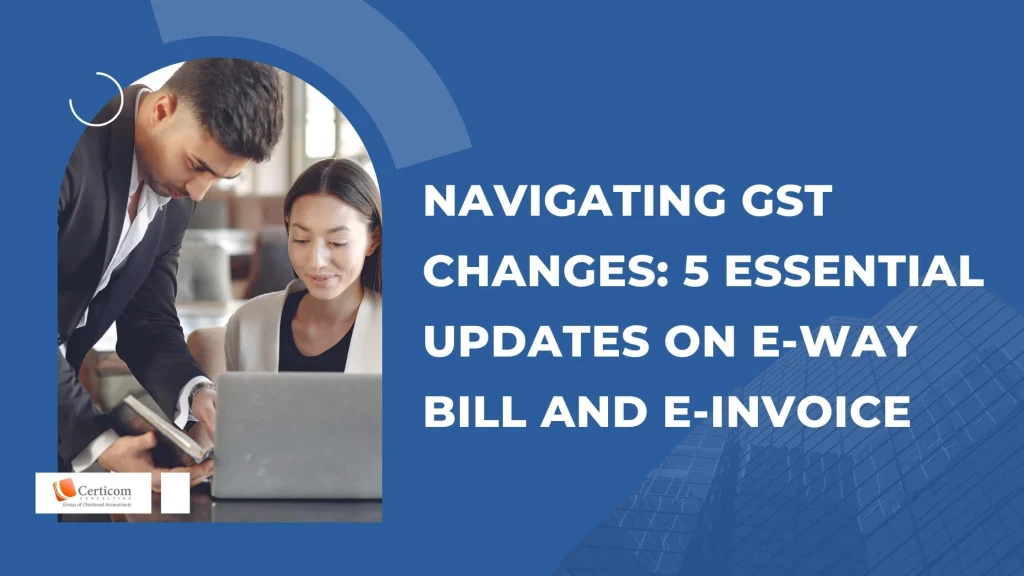- Have any questions?
Key Income Tax Reforms Effective April 1, 2025

As the financial year 2025-26 begins, significant amendments in income tax laws are set to reshape tax planning for individuals, businesses, and investors. These reforms include increased exemption limits, revised TDS/TCS provisions, enhanced deductions, and extended benefits for startups and financial institutions. Staying updated on these changes is crucial for effective financial management and compliance.
Revised Income Tax Slabs for FY 2025-26
The new tax regime introduces an increased basic exemption limit of ₹3 lakh with the following revised slabs:
Income up to ₹3,00,000 – Nil
₹3,00,001 – ₹6,00,000 – 5%
₹6,00,001 – ₹9,00,000 – 10%
₹9,00,001 – ₹12,00,000 – 15%
₹12,00,001 – ₹15,00,000 – 20%
Above ₹15,00,000 – 30%

Higher Rebate Under Section 87A
Taxpayers earning up to ₹12 lakh will now pay zero tax under the new regime, as the rebate threshold has been raised from ₹7 lakh to ₹12 lakh.
Modifications in TDS & TCS Rules
Several amendments have been introduced in TDS and TCS regulations:
TDS on Partner Remuneration, Interest, or Commission: 10% applicable if exceeding ₹20,000.
Interest on Securities (Section 193): Exemption limit increased to ₹10,000.
Interest (Non-Securities – Section 194):
Senior citizens: Limit increased from ₹50,000 to ₹1,00,000.
Others: Limit increased from ₹40,000 to ₹50,000.
Interest paid by non-financial institutions: Exemption raised from ₹5,000 to ₹10,000.
TDS on Dividends (Section 194): Threshold increased from ₹5,000 to ₹10,000.
TDS on Insurance Commission (Section 194D): Limit increased from ₹15,000 to ₹20,000.
TDS on Professional Fees (Section 194J): Exemption limit increased from ₹30,000 to ₹50,000.
TDS on Rent (Section 194I): Now applicable only if monthly rent exceeds ₹50,000 (earlier threshold: ₹2,40,000 annually).
TCS on Sale of Goods (Section 206C(1H)): Removed to avoid double taxation.
Omission of Sections 206AB & 206CCA: Higher TDS/TCS rates for non-filers removed.
Increase in Standard Deduction
The standard deduction for salaried individuals and pensioners has been raised to ₹75,000 under the new tax regime (previously ₹50,000).
Extended Timeframe for Updated Returns
Taxpayers now have 48 months (up from 24 months) to file updated returns from the end of the relevant assessment year.
Incentives for Startups & IFSC Entities
Startups (Section 80-IAC): Tax benefits extended by five years, applicable to startups incorporated until March 31, 2030.
IFSC Entities (Section 80LA): Tax incentives extended until March 31, 2030.
New Crypto Taxation and Reporting Rules
New Reporting Requirement (Section 285BAA): Crypto exchanges and intermediaries must report transactions.
Virtual Digital Assets (VDA) & Undisclosed Income: VDAs now included under Section 158B, affecting taxation on unreported earnings.
Changes in Business Trust Taxation (Section 115UA)
Capital gains under Section 112A (on listed equity) will now be taxed at preferential rates rather than the maximum marginal rate.

Revised Loss Carry-Forward Rules for Merged Entities
The eight-year carry-forward period for accumulated losses will now be counted from the year the loss was first incurred, instead of the year of amalgamation.
Read More: Optimizing Tax Savings Under the New Tax Framework
With these income tax amendments taking effect from April 1, 2025, individuals and businesses must realign their tax strategies to optimize benefits. The increased exemption limits, revised TDS/TCS provisions, and extended incentives make the new tax regime more attractive. Keeping up with these changes will ensure compliance and help in better financial planning for the upcoming fiscal year.
Related Post
Navigating GST Changes: 5 Essential Updates on E-Way Bill and E-Invoice
Pros and Cons of Presumptive Taxation Scheme for Professionals
Book A One To One Consultation Now For FREE
How can we help? *




